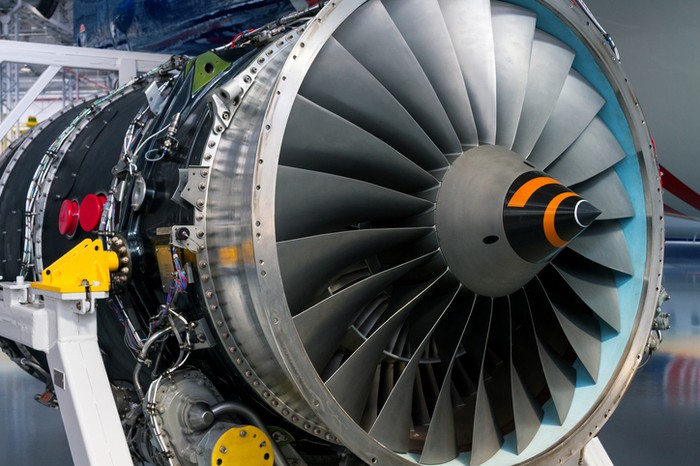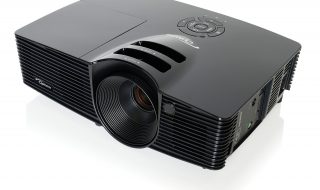
Many skeptics dwell on the fact that we outsourced traditional manufacturing to other countries. Companies exploiting the advantages of labor economics can’t take the blame for attempting to reduce overhead costs. There’s a fair share of consumers ignorant of the price increases that would occur if we made everyday products on domestic soil, until recent years, thanks to the ongoing proliferation of additive manufacturing, otherwise known as 3D printing.
While traditional manufacturing might fall by the wayside, more sophisticated methods like 3D printing should change the whole game. The opportunities seem endless. Martin LaMonica at MIT Technology Review already reported that General Electric (GE) relied on additive manufacturing to print fuel nozzles for their state-of-the-art engines. That made big news, with some bigger implications. In fact, the results were so impressive that GE made a major announcement about them. Tomas Kellner, a senior-most leader at GE, also publicized the company’s recent decision to spend more than $1 billion for controlling stakes in two leading manufacturers of industrial 3D printers–GE is going all in.
Heavy Investments In the 3D Printing Space

Warren Buffett Invested in This 3D Printing Trend. Should You?
Global brands don’t often make significant investments in emerging technologies unless they’re confident in the eventual ROI. For now, a select few industries spearhead the 3D printing revolution. Jonathan Greig at TechRepublic highlighted the three industries making the most headway. According to him, it’s the aviation/aerospace, healthcare, and energy industries that stand to benefit from the promise of 3D printing.
The trend toward greater adoption is not apt to slow down. Analysts at International Data Corporation (IDC) predicted that global investments in 3D printing will reach $12 billion this year. Deloitte released another report estimating that domestic investments will exceed $5.2 billion by 2020. Those figures aren’t trivial by any means. It’s also important to realize that the technology isn’t reserved just for large-scale businesses. Entrepreneurs, startups, and small businesses became motivated to utilize 3D printing.
Whereas global brands prefer acquiring their own 3D printing equipment and then recruiting qualified technicians, that don’t often makes sense for more modest operations. That’s why tapping into 3D printing services is a growing practice. Relying on that strategy lets business avoid the cost of procuring and maintaining specialized equipment. They can also avoid the related talent acquisition and retention expenditures. Those create some serious advantages.
Future of 3D Printing
Those who remain skeptical about the long-term trajectory of 3D printing should consider some of the impending developments right on the horizon. Sarah Finch at Disruption highlighted the top five biggest developments people should keep a close watch. She discusses everything from printing with metal and printed vaccines to the intersection of robotics and 3D printing. 3D printing will continue to mature right alongside complementary fields.
Michael Abrams at the American Society of Mechanical Engineers (ASME) also published an article drawing attention to innovations in 3D printing. Key takeaways include accelerated printing and more cost-effective methods. Printing in space is another noteworthy point. Conner Forrest at TechRepublic also shared his thoughts on 3D printers in space. He explains how NASA plans to use 3D printers on the International Space Station (ISS), which should reduce the cost of sending items to the astronauts residing there.
Suffice it to say that 3D printing (i.e., additive manufacturing) is here to stay. Professionals and hobbyists alike have found countless ways to make use of the technology. Forbes contributor, Jim Miller, does an excellent job of dispelling the hype associated with 3D printing and puts things into plain historical terms. He likens the trend to the dotcom boom of the 90’s and anticipates that only the best variants of 3D printing will prevail in the marketplace. Either way, he, too, is convinced that 3D printing is apt to become a mainstay.





